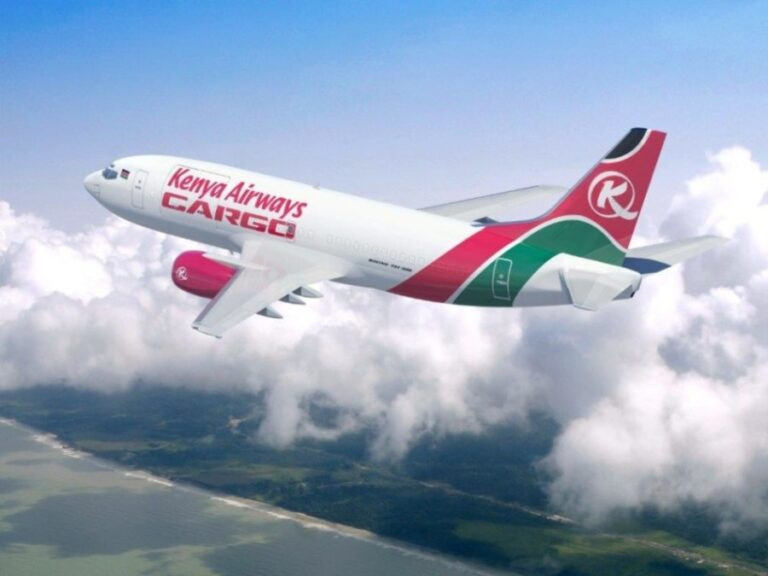Growth forecasts are well over five per cent annually at Kenya’s airports, and the cargo picture is one of a vibrant sector with expanding potential.
Airfreight is one of the key business and revenue drivers for Kenya Airports Authority (KAA), says marketing and business development manager, Bernard Mogambi.
Of three airports managed by KAA, Nairobi’s Jomo Kenyatta International Airport (JKIA) handles over 95 per cent of all cargo, while Eldoret and Moi airports carry small volumes.
Some 250,000 tonnes of cargo was handled in 2014/2015, the majority (80 per cent) comprising exports made up of cut flowers (45 per cent) and fresh produce (28 per cent) with the remainder being general cargo.
“This makes Kenya one of the leading exporters of horticultural produce to Europe and Middle East markets,” Mogambi tells Air Cargo Week. “The sector is mainly privately led with the airport providing key facilities, services and general coordination.”
Mogambi cites the influence of the private sector as a major factor in the growth of Kenya’s vibrant airfreight sector, which is anticipated to maintain growth of around five per cent a year.
“Whilst the authority has provided suitable land with easy access to the air side more than half of the capacity is being developed by the private sector on flexible lease arrangements,” he says.
JKIA is evolving into a leading cargo regional hub with airlines led by Kenya Airways Cargo consolidating freight here before onward export to worldwide destinations. “For many years Europe was the main market for our produce. This position has changed more recently and we now have dedicated carriers serving the Middle and Far East out of JKIA,” says Mogambi.
Building on the role of the private sector, KAA has earmarked a site for the development of a freight consolidation and warehousing area within the existing airport master plan.
Some 72 acres of land have been identified for a special economic zone with emphasis on warehouses, cold-rooms, exhibition halls and other facilities for development and growth of cargo traffic through the airport.
“The biggest challenge facing users at JKIA is the ongoing runway rehabilitation,” admits Mogambi. “This has put severe operational restrictions on airlines and, efforts are being expended to ensure work is completed in late spring 2016, it remains the main challenge.”
“Generally the African market is poorly serviced and has low uptake capacity,” he adds. “There are few airports with dedicated facilities and intra-African traffic is poor. There is need for more working together to generate economies of scale when developing cargo facilities.”




